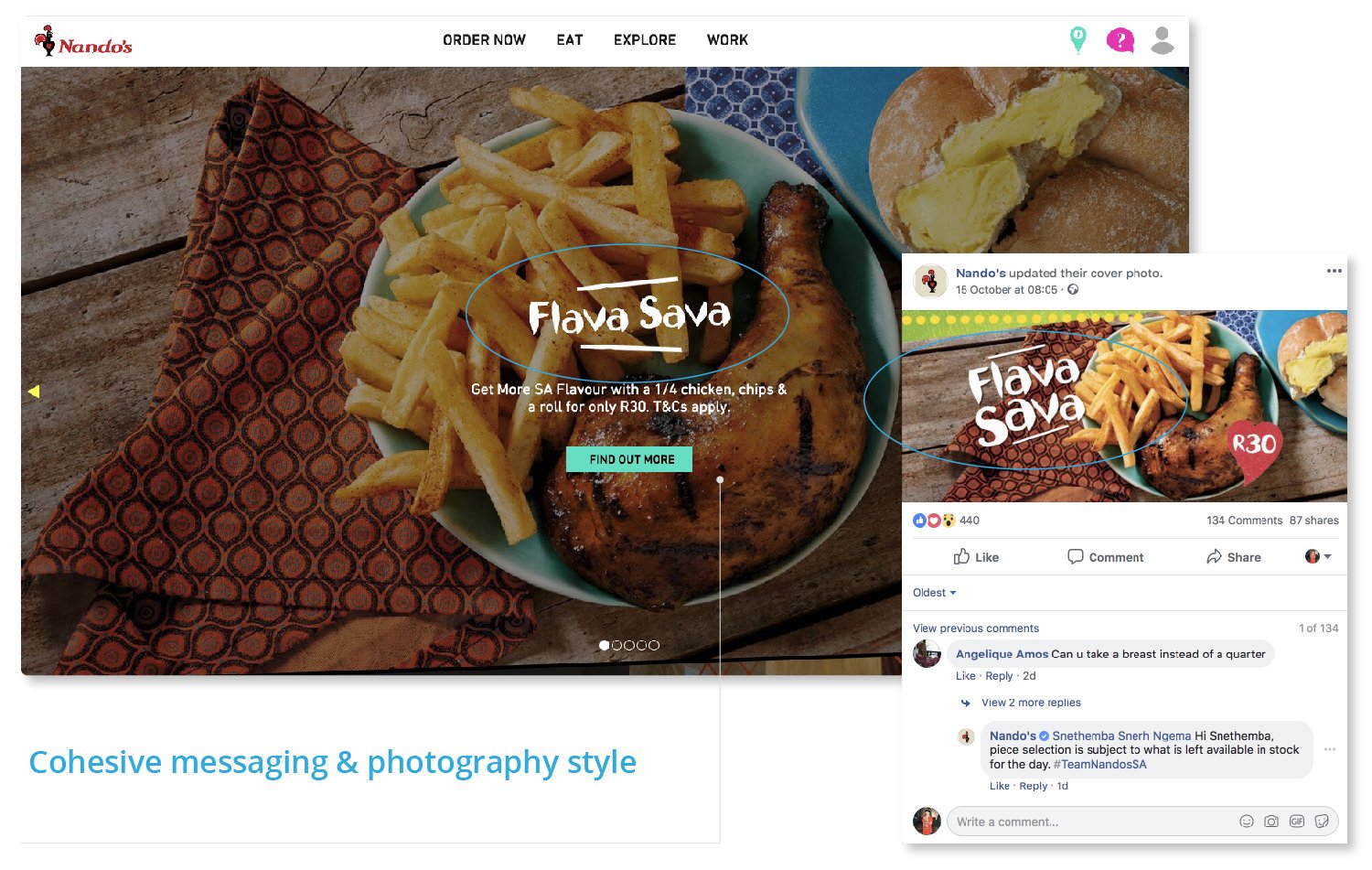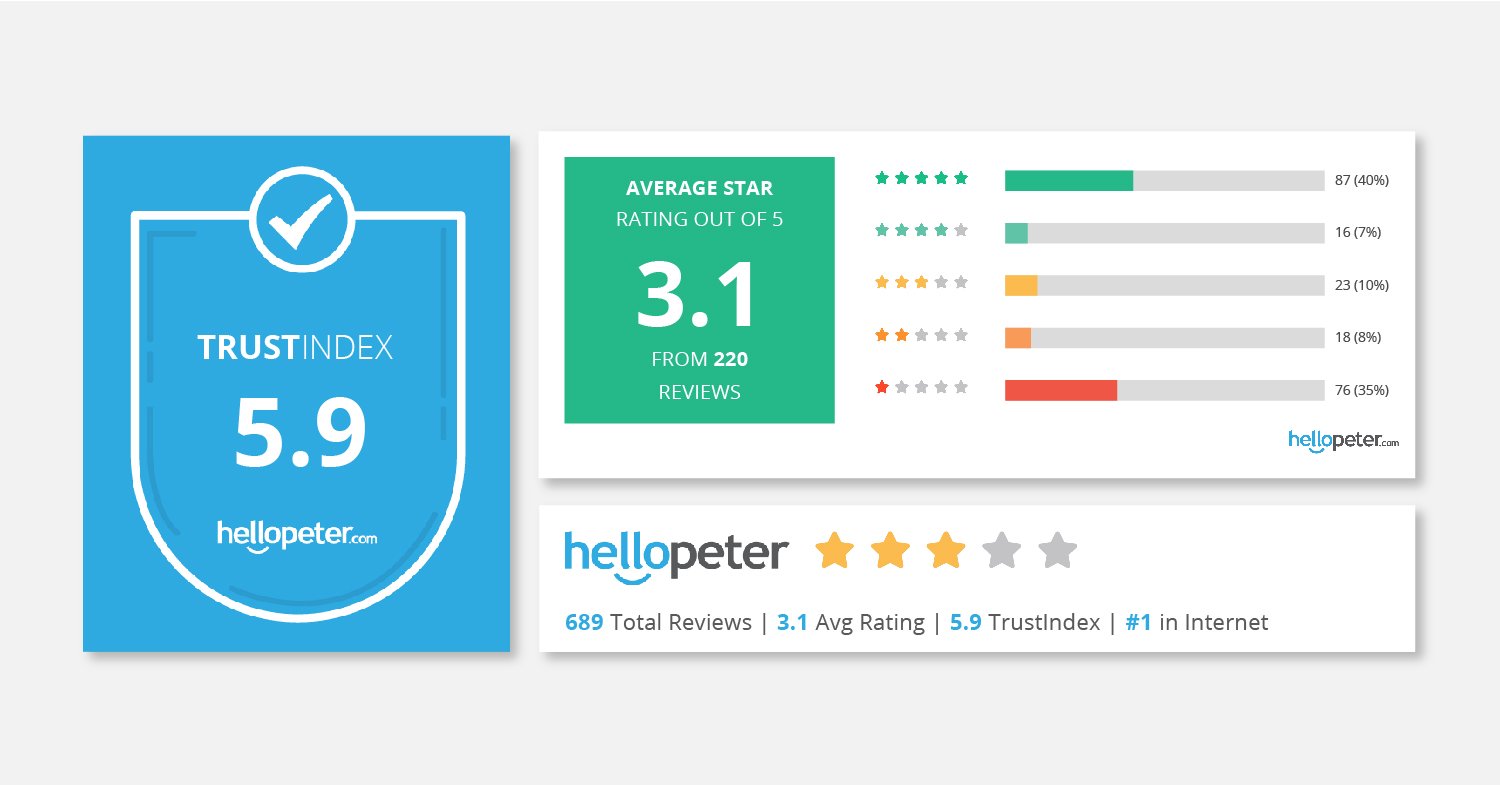Your website is often the first point of contact between your business, and a potential consumer. Therefore each element from your headlines, to your images, needs to work together to create a strong, cohesive message and brand identity in order to convert a visitor into a paying consumer. But in order to achieve this, your website needs to facilitate trust and credibility.
We’ve written previously about the pivotal role trust and credibility play in converting a shopper into a loyal consumer. People buy from brands they view as credible, and therefore trust.
When it comes to your website, a place visitors make an (almost) instant evaluation of your business, you need to make sure that it’s a positive one.
Use cohesive messaging across your website
The message you convey (as well as the way you convey it) on your website needs to match those of your social media, email, quote, invoicing and marketing materials. When it comes to strong brand messaging, uniformity is crucial.
Marketers talk about the golden thread – a theoretical messaging thread that runs through and connects all of your marketing collateral. For example, if your social media pages are quirky and conversational, don’t use formal language on your website. Or, if your branding is green and blue, don’t use orange icons on your page.
Prospective consumers should be able to look at your website and immediately recognise your brand.

Include consumer reviews (and make them visible)
Consumer reviews are powerful tools for facilitating trust between your business and prospective customers – so use them! In our SweetieBox Case Study, you’ll know see they increased their sales by 19% – just by strategically placing consumer reviews on their checkout page.
Wherever you choose to place your reviews, make sure they’re placed in a way that grabs the attention of your visitors.
Use reviews to give prospective consumers the inside scoop
While we’re on the subject of using reviews to garner trust on your website, be selective when it comes to the type of reviews you use. Remember, visitors turn to these reviews in the hope of learning about your business – they don’t want to know that your service was great, they want to know why it’s great.
Choose reviews that explain how your product or service helped someone, or solved a problem of theirs. People visit your website to see how you can make their lives simpler, or better. So make sure the reviews you display give them a glimpse into what they can expect by doing business with you.
Use Widgets from trusted third-party sites
Displaying widgets from recognised third-party sites adds instant credibility to your business. A widget is a button or icon that directs someone to a third party website when clicked on.
For example, the Hellopeter widget looks like this:

And when clicked on, will take a visitor to your Hellopeter profile page. Including your Hellopeter widget does two important things:
- It provides visitors with a quick way to further research your business.
- It tells readers that you’re a legitimate business, with real consumers.
In conclusion, if your consumer trust is lacking, or you want to exceed their expectations - incorporating reviews in your website is a way for them to see what you can offer them, and how you treat your existing consumers.
Reviews on Hellopeter have helped over one million consumers make better choices. Had an experience you’d like to tell us about? Leave us a review here.

















.png)





